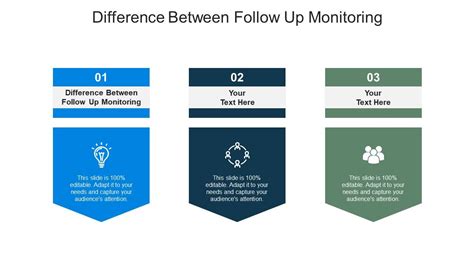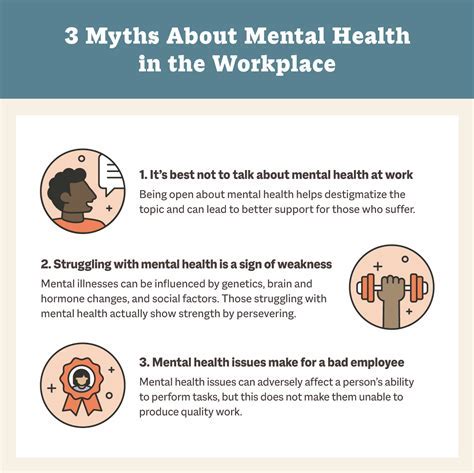Intro
Discover 7 Ranolazine side effects, including angina, dizziness, and nausea. Learn about medication interactions, dosage, and long-term effects to manage coronary artery disease symptoms safely and effectively.
Ranolazine is a medication primarily used to treat chronic angina, a condition characterized by chest pain or discomfort due to coronary heart disease. It works by improving blood flow to help the heart work more efficiently. While ranolazine is effective in managing angina symptoms, like all medications, it can cause side effects. Understanding these side effects is crucial for patients to manage their treatment effectively and minimize potential risks.
The importance of being aware of ranolazine side effects cannot be overstated. It allows patients to recognize when they are experiencing an adverse reaction and seek medical help if necessary. Moreover, knowledge about side effects can help in making informed decisions about treatment options. For individuals considering ranolazine or already taking it, being informed about the possible side effects can alleviate concerns and improve adherence to the prescribed treatment plan.
Ranolazine, like other medications, affects people differently. Some may experience mild side effects that are temporary and manageable, while others might encounter more severe reactions. The variability in response to ranolazine underscores the need for personalized medical care and regular monitoring by healthcare professionals. By understanding the spectrum of ranolazine side effects, patients and healthcare providers can work together to optimize treatment outcomes and ensure the safe use of this medication.
Ranolazine Side Effects Overview

Ranolazine is known for its relatively favorable side effect profile compared to other anti-anginal drugs. However, it's essential to acknowledge that side effects can occur. Common side effects include dizziness, headache, constipation, and nausea. These reactions are generally mild and may diminish as the body adjusts to the medication. In some cases, patients might experience more serious side effects, such as QT interval prolongation, which can increase the risk of a specific type of irregular heartbeat known as torsades de pointes.
Common Side Effects of Ranolazine
The most frequently reported side effects of ranolazine are: - Dizziness - Headache - Constipation - Nausea These side effects are typically not severe and do not necessitate discontinuation of the medication. However, if they persist or worsen, patients should consult their healthcare provider for advice.Less Common but Serious Side Effects

While less common, ranolazine can cause more severe side effects that require immediate medical attention. These include:
- QT interval prolongation: This condition affects the heart's electrical activity and can lead to serious arrhythmias.
- Liver enzyme elevations: Ranolazine can cause increases in liver enzymes, indicating potential liver damage.
- Severe allergic reactions: Though rare, some patients may experience severe allergic reactions to ranolazine, which can be life-threatening.
Managing Side Effects
To manage side effects effectively, patients should: 1. Follow the prescribed dosage strictly. 2. Maintain regular follow-up appointments with their healthcare provider. 3. Report any changes in their condition or new symptoms promptly. 4. Consider lifestyle modifications, such as dietary changes or stress reduction techniques, to help manage side effects.Ranolazine Interactions

Ranolazine can interact with other medications, potentially leading to increased side effects or reduced efficacy. It's crucial for patients to inform their healthcare provider about all medications they are taking, including over-the-counter drugs and supplements. Key interactions to be aware of include:
- Drugs that prolong the QT interval: Combining these with ranolazine can increase the risk of torsades de pointes.
- CYP3A inhibitors: These can increase ranolazine levels in the blood, potentially leading to more severe side effects.
- P-glycoprotein inhibitors: Similar to CYP3A inhibitors, these can also increase ranolazine concentrations.
Special Considerations
Certain patient populations may require special consideration when taking ranolazine. These include: - Patients with liver or kidney disease: Ranolazine is primarily metabolized by the liver and excreted by the kidneys. Impaired function of these organs may affect the drug's clearance and increase the risk of side effects. - Elderly patients: Older adults may be more susceptible to the side effects of ranolazine due to age-related changes in drug metabolism and excretion.Monitoring and Follow-Up

Regular monitoring is vital for patients taking ranolazine. This includes:
- Electrocardiogram (ECG) monitoring to assess the QT interval.
- Liver function tests to detect any elevations in liver enzymes.
- Regular assessment of renal function, especially in patients with pre-existing kidney disease.
Conclusion and Future Directions
In conclusion, while ranolazine is an effective medication for managing chronic angina, it is not without side effects. By understanding the potential side effects, interactions, and special considerations, patients and healthcare providers can work together to ensure the safe and effective use of ranolazine. Future research should continue to explore strategies to minimize side effects and improve patient outcomes.Final Thoughts

As with any medication, the decision to use ranolazine should be made after careful consideration of its benefits and potential risks. Patients should be empowered with knowledge about ranolazine side effects to make informed decisions about their treatment. By fostering a collaborative relationship between patients and healthcare providers, we can optimize the management of chronic angina and improve the quality of life for those affected by this condition.
Call to Action
If you or someone you know is taking ranolazine, it's essential to stay informed and engaged in your healthcare. Share this article with others who might benefit from this information, and don't hesitate to reach out to your healthcare provider with any questions or concerns. Together, we can work towards better health outcomes for all.What are the most common side effects of ranolazine?
+The most common side effects of ranolazine include dizziness, headache, constipation, and nausea. These are generally mild and may decrease as the body adjusts to the medication.
Can ranolazine cause serious side effects?
+Yes, ranolazine can cause serious side effects, including QT interval prolongation, liver enzyme elevations, and severe allergic reactions. These require immediate medical attention.
How can I manage side effects while taking ranolazine?
+To manage side effects, follow the prescribed dosage, maintain regular follow-up appointments with your healthcare provider, and report any changes in your condition or new symptoms promptly.
Additional Resources

For more information on ranolazine and its side effects, consult reputable health resources and discuss any concerns with your healthcare provider. Staying informed is key to managing your health effectively.
Stay Informed
Continue to educate yourself about ranolazine and its potential side effects. Share your experiences and questions with others to foster a community of support and knowledge.Closing Remarks

In the journey to manage chronic angina, understanding the side effects of ranolazine is a crucial step. By being proactive, informed, and engaged in your healthcare, you can navigate the complexities of treatment and work towards a better quality of life.
Empower Your Health
Take control of your health by staying informed, asking questions, and seeking support when needed. Your health journey is unique, and empowering yourself with knowledge is the first step towards a healthier, happier you.Health and Wellness

Embracing a holistic approach to health, which includes medication management, lifestyle modifications, and emotional well-being, can significantly impact your overall quality of life. Prioritize your health and take proactive steps towards wellness.
Wellness Strategies
Incorporate wellness strategies into your daily life, such as regular exercise, a balanced diet, stress management, and adequate sleep. These habits can complement your medication regimen and contribute to a healthier, more resilient you.Looking Ahead

As you look ahead, remember that managing chronic angina is a journey. It requires patience, persistence, and a commitment to your health. By staying informed about ranolazine side effects and engaging in proactive health strategies, you can navigate this journey with confidence and hope for a brighter, healthier future.
